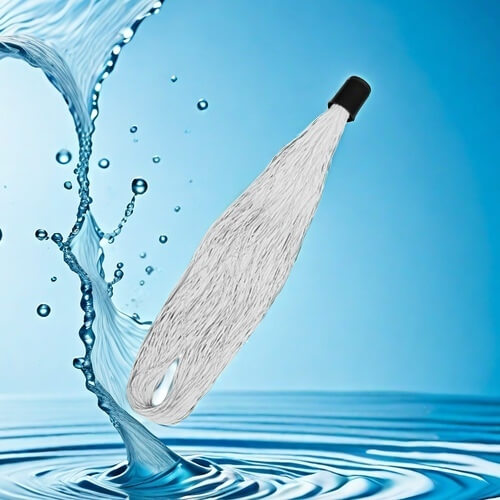Copper processing wastewater treatment process
The copper processing industry generates a large amount of wastewater during the production process, which often contains high concentrations of heavy metal ions, oils, and other organic pollutants. Due to its complex composition and certain toxicity, the treatment of copper processing wastewater is particularly important. Effective wastewater treatment processes can not only reduce the impact on the environment, but also achieve resource recycling and utilization. This article will explore the main treatment processes and application effects of copper processing wastewater.
Characteristics of Copper Processing Wastewater
Copper processing wastewater mainly comes from processes such as electrolysis, acid washing, and cleaning, and usually contains the following components:
Heavy metal ions, such as copper, nickel, lead, etc., have strong toxicity.
Organic matter: including lubricating oil, cleaning agents, etc., difficult to biodegrade.
Suspended solids: such as metal particles and sediment.
Due to these characteristics, traditional wastewater treatment methods often struggle to effectively remove pollutants from it.
Process flow
1. Preprocessing
Before entering the main processing stage, copper processing wastewater needs to undergo pretreatment to remove large suspended particles. Common methods include:
Grille and sieve filtration: remove large particle impurities from wastewater.
Sedimentation tank: Remove suspended solids through gravity settling.

2. Chemical precipitation
Chemical precipitation is one of the most commonly used methods for treating copper processing wastewater. By adding coagulants (such as polyaluminum chloride), heavy metal ions and other pollutants are precipitated to achieve solid-liquid separation. This process can effectively reduce the concentration of heavy metals in wastewater.
3. Electrolytic treatment
Electrolysis is an efficient heavy metal removal technology. In the electrolytic cell, heavy metal ions in the solution are reduced to a metallic state by applying current, and then deposited on the electrode. This method not only removes heavy metals but also recovers metal resources, with good economic benefits.
4. Biological treatment
Biological treatment is commonly used to remove organic pollutants from wastewater. At this stage, the wastewater treated by chemical precipitation and electrolysis will enter the bioreactor. Under aerobic or anaerobic conditions, microorganisms can effectively degrade organic matter and improve effluent quality.
5. Deep processing
After the above steps, the wastewater may still contain a small amount of pollutants, so deep treatment is needed. Common methods include:
Activated carbon adsorption: Adsorption of residual organic matter by activated carbon.
Membrane separation technology: using ultrafiltration or nanofiltration membranes to further remove small molecule pollutants.
Application effect
Research has shown that the COD (Chemical Oxygen Demand) and heavy metal concentration of copper processing wastewater treated through the above comprehensive process can meet the national discharge standards. For example, in practical applications, after combining electrolysis with biological treatment, the COD removal rate can reach over 90%, and the heavy metal removal rate can also reach over 95%.
